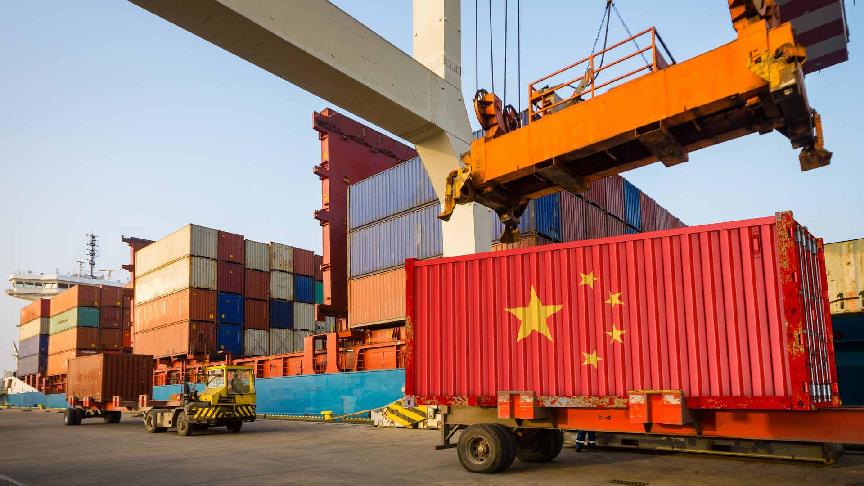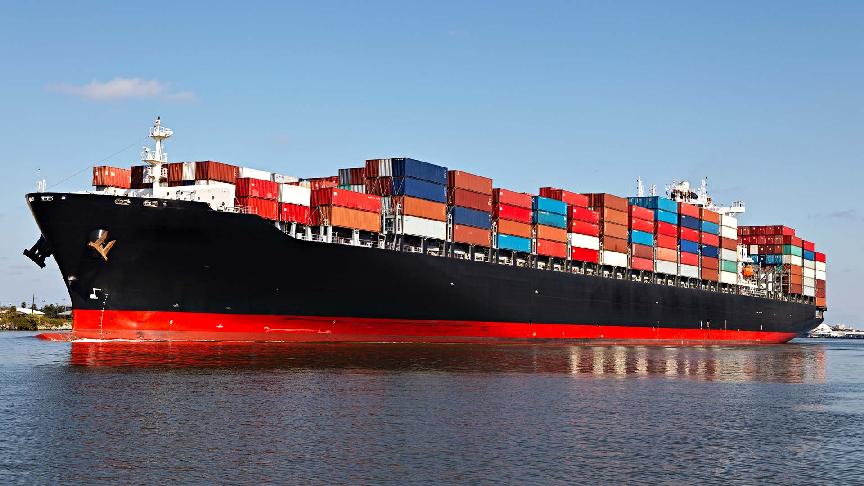24 February 2023 (Lloyd's List) - SINGAPORE faces several challenges in its role as the world’s largest bunkering hub as the shipping industry begins its shift towards decarbonisation.
As well as handling nearly 40m teu of containers last year, Singapore also supplied 47.9m tonnes of bunkers in 2022.
Last year, the country announced it was enhancing its Nationally Determined Contributions and will now seek to reduce emissions to around 60m tonnes of carbon dioxide equivalent by 2030, while aiming for net zero emissions by 2050.
But while Singapore contributes just 0.11% of global emissions, it lacks a green energy sector and is not well-positioned geographically to generate energy from either wind or solar renewable resources.
Meanwhile, its major maritime sector is continuing to use fossil fuels to power its ships.
Nevertheless, Singapore’s Maritime and Port Authority is cognisant of the fact that it will have to play a part in both decarbonising Singapore and decarbonising the shipping industry. It launched the Maritime Singapore Green Initiative in 2011 under which it pledged S$100m ($74m) to projects designed to reduce the environmental impact of the maritime transport sector.
The Maritime Singapore Decarbonisation Blueprint, launched last year, has also been established to support the development and commercialisation of new green technologies, with $300m committed to initiatives over the next decade.
“What all these programmes are trying to do is help to reduce emissions from both the port and the vessels calling at the port,” said sustainable energy and decarbonisation director New Wei Siang. “MPA is involved in several initiatives to develop ammonia. We are also working with the Energy Market Authority in Singapore and have launched an expression of interest in ammonia bunkering and power generation.”
All this signalled MPA’s intent to get ready to support ammonia as a bunkering fuel, he said. “For methanol, we are supporting the methanol value chain collaboration, which hopes to establish Asia’s first e-methanol plant in Singapore, and importantly we are working on standards for methanol bunkering.”
He acknowledged that Singapore was at a disadvantage when it came to producing its own green fuels.
“It will not be easy to develop ammonia or methanol production in Singapore. We need green power to do that. There are ways of getting green power into Singapore. We can import it in the form of electricity. Another way of importing the energy is to import the molecules, for example, green hydrogen or ammonia, but this would have its own challenges.”
There was interest, he added, but also challenges.
“A lot will depend on how some of these things develop. If we do manage to import a lot of green electricity, for example, producing green methanol here makes sense. But we are constantly monitoring developments in this area.”
Maersk’s decision to order a fleet of methanol-fuelled ships had added urgency to the desire to provide the fuel at Singapore, Mr New said.
“Singapore would be interested to help bunker these vessels so we will have to be ready before this happens. That is why we are working hard to develop the standards for methanol bunkering. The first Maersk ships will be coming up in a year or two so all I can say is that we will try to be ready.”







